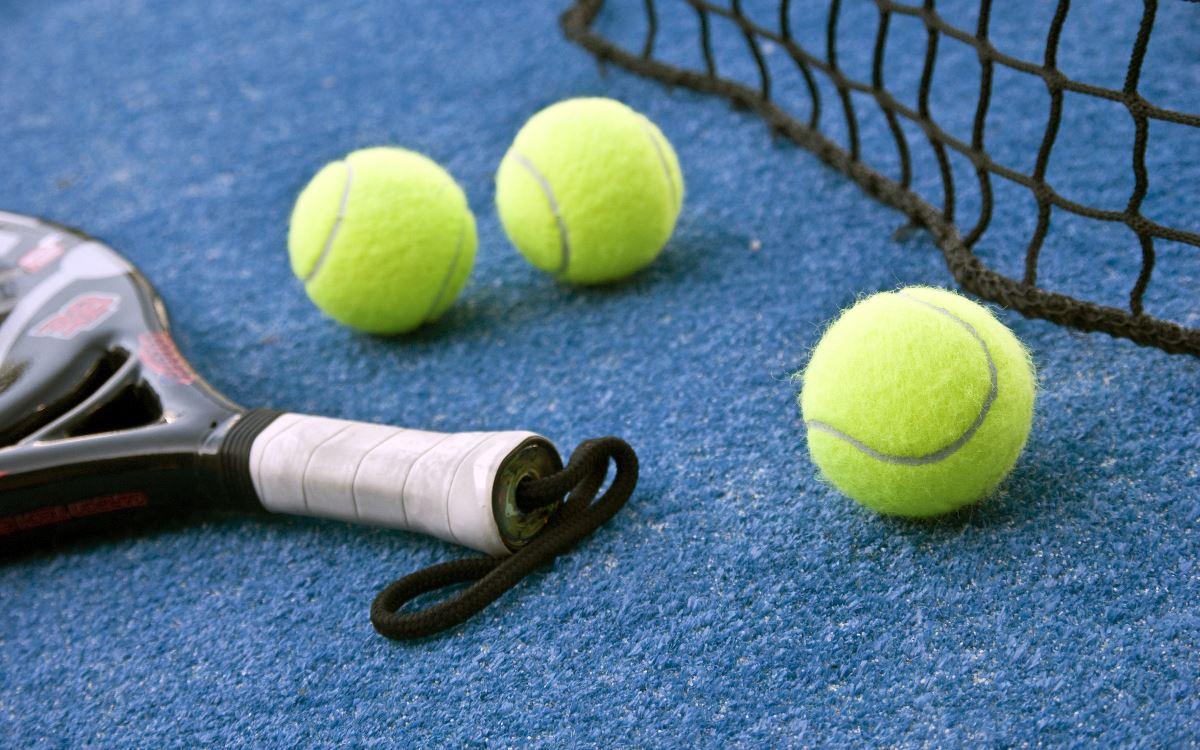In tennis, strategic thinking and planning are essential for success on the court. While many players focus on technical skills and physical training, one often overlooked aspect of tennis strategy is the creation of a performance routine. A performance routine is a series of actions, thoughts, and rituals players engage in before and during matches to optimize their mental and emotional state. This article will explore the three fundamental rules of creating a performance routine and how it can significantly improve tennis performance.
The Benefits of a Performance Routine on Tennis Strategy:
By incorporating a performance routine into your tennis strategy, you can experience many benefits that positively impact your overall performance:
- A performance routine helps establish feelings of control and stability, reducing anxiety and nerves before and during matches. This leads to a more focused and relaxed state of mind, allowing you to make better decisions and execute your shots precisely.
- A routine creates a consistent and repeatable process, enabling you to consistently access peak performance mental states.
- A performance routine promotes a positive emotional state, enhancing your enjoyment of the game and boosting your overall performance.
Rule 1: Keeping Routines Short:
When developing a performance routine, keeping it concise and time-efficient is crucial. Lengthy routines can be distracting and interfere with the game’s flow. By condensing your routine to key actions and thoughts, you can maintain focus and conserve mental energy for the match ahead. For example, a simple pre-competition routine could involve
- A quick warm-up,
- A few deep breaths, and
- A positive self-affirmation to set the tone for a confident and focused mindset
During the match, players often develop a specific pre-serve or return routine, e.g., two bounces with the tossing hand before tossing overhead.
To get an idea of how the pros use routines as part of their overall tennis strategy, take a look at this video of tennis legend Rafa Nadal:
Rule 2: Structured Thought Process:
A structured thought process is a vital component of an effective performance routine. By incorporating positive self-talk and affirmations, you can cultivate a mindset that boosts confidence, resilience, and mental clarity. During crucial points or challenging moments, repeating simple phrases like “Hang in there!” or “You got this!” or “Light steps!” can help you maintain composure and stay mentally strong. These affirmations direct attention to the task at hand, remind you of your abilities, and reinforce a positive mindset, enabling you to overcome obstacles and perform at your best.
Rule 3: Making Routines Comfortable:
While routines should be consistent, it’s essential to balance consistency and comfort. Experiment with different rituals and find what works best for you. For example, wearing the same pair of socks for every match may provide a sense of familiarity and comfort, but it is equally important to ensure that you feel physically at ease in your attire. If your routine involves clothing, choose clothing and equipment that allows for free movement and promotes optimal performance without distractions (and is sanitary!). Remember, the goal is to create a routine that enhances your confidence and comfort on the court.
Conclusion:
In the competitive world of tennis, having a well-crafted performance routine is a game-changer. By adhering to the three fundamental rules of keeping routines short, maintaining a structured thought process, and ensuring comfort, you can harness the power of routines to improve your tennis performance. The positive emotional state, mental clarity, and focused mindset that a routine provides contribute to your success on the court. So, the next time you step onto the tennis court, incorporate a performance routine into your strategy and watch your game soar to new heights. At MTI, our founder, Dr. Neff, is a former tennis pro, and we’d consider ourselves experts in tennis strategy: we can help you craft the ideal performance routine to perform your best when it matters most.
Remember, practice and consistency are key to refining your routine and reaping its benefits. Stay tuned for the following articles in this series, where we will explore more tennis strategies to elevate your game.
—MTI

